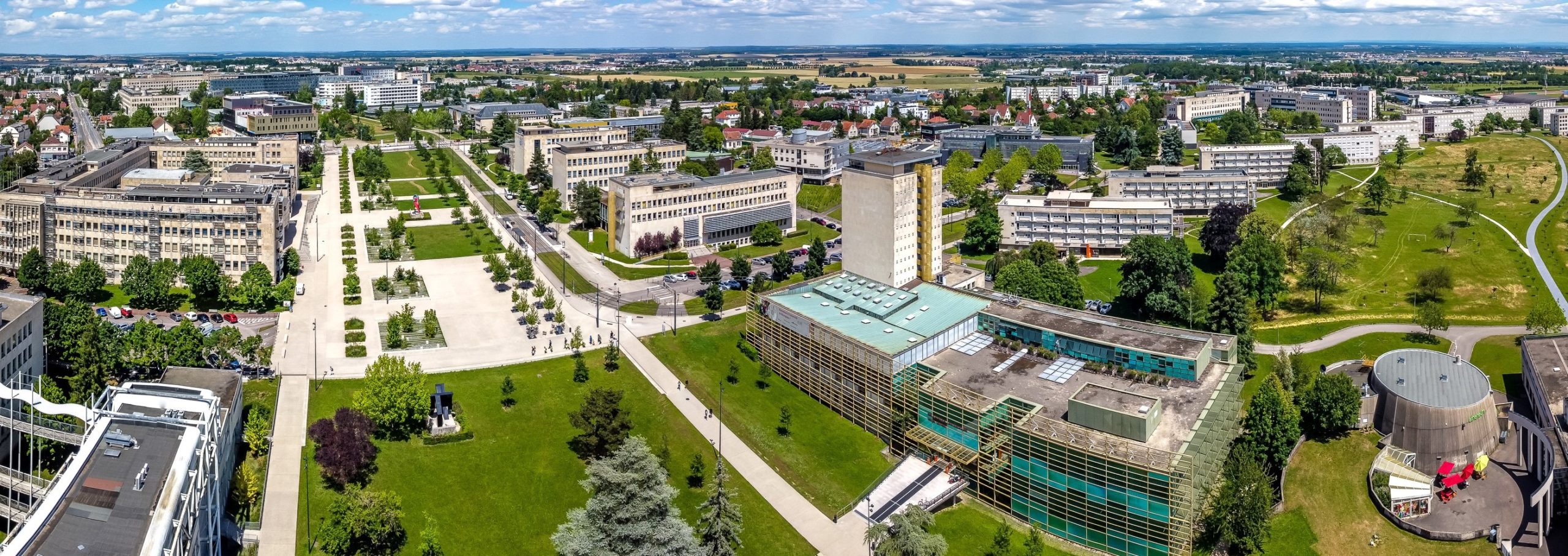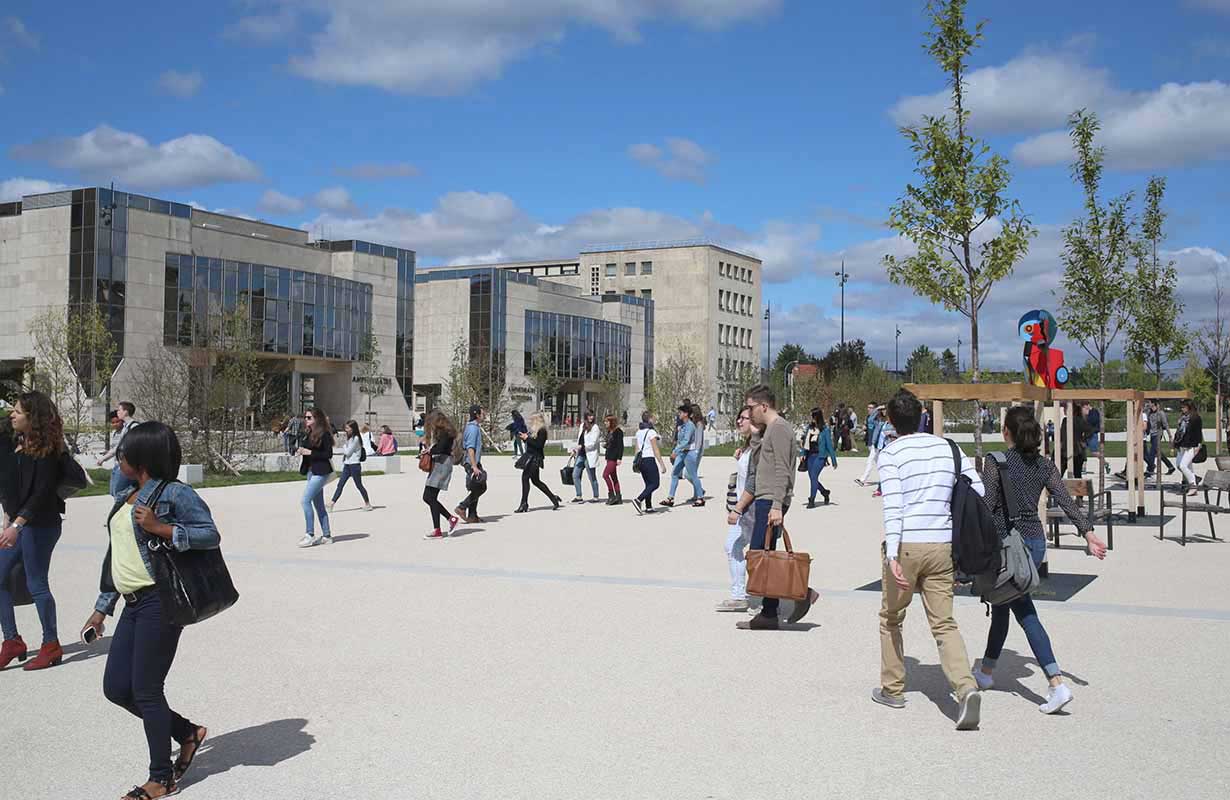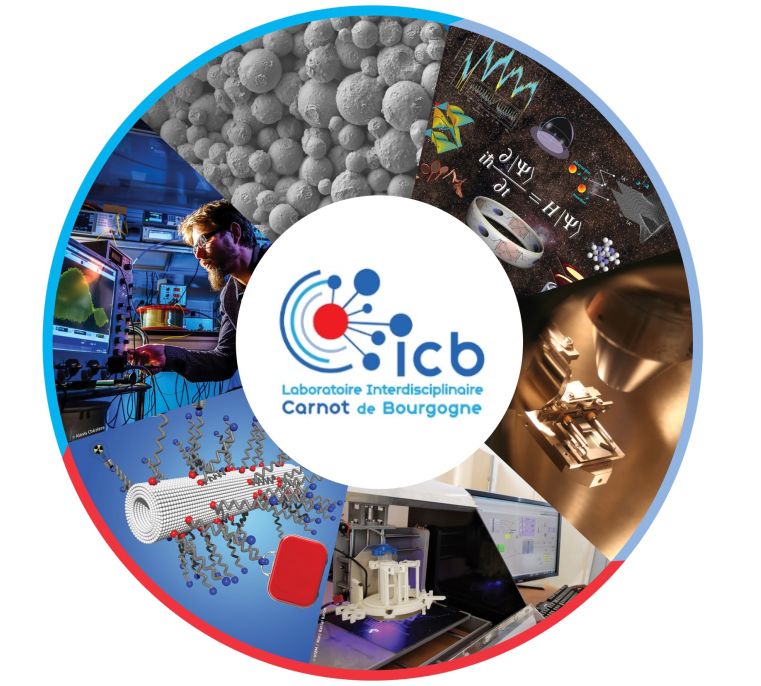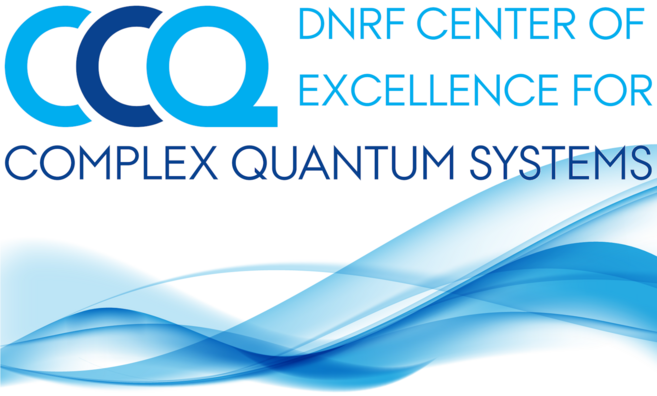UNIVERSITE BOURGOGNE EUROPE (uBE)
Université Bourgogne Europe (uBE) was founded in 1722 and recently celebrated its 300th anniversary. Located in Burgundy between Paris and Lyon, the city of Dijon is home to uBE’s main campus, with several others spread across the region. It employs 3 000 staff members, and enrols 40 000 students, among whom more than 3 000 are international.



The QuanTEEM study program in Dijon relies on the expertise and research activities developped at the Carnot de Bourgogne Interdisciplinary Laboratory (ICB).

The interdisciplinary research of the laboratory forms a continuum from the fundamental to the applications. Its activities in the fields of quantum physics and technologies, photonics, nanoscience and material science are supported by 4 high-performance technological platforms which have made the reputation of the laboratory with projects of excellence. The ICB lab offers numerous opportunities of research projects at the master and PhD levels in a broad range of topics in experimental and theoretical physics.
RHEINLAND PFALZISCHE TECHNISCHE UNIVERSITAT KAISERSLAUTERN-LANDAU (RPTU)
The Rheinland Pfälzische Technische Universität Kaiserslautern-Landau (RPTU) emerged on January 1, 2023 as a merger of the TU Kaiserslautern and the University in Landau. With over 20,000 students, 290 professors and 160 degree programs, RPTU is a place of top international research and an academic talent factory for business and science, offering an excellent, cosmopolitan environment for study and research.
QuanTEEM students are immersed in the Physics Department at RPTU. The department hosts 20 research groups developping research in quantum optics and quantum technologies, condensed-matter physics, material sciences, photonics, nanosciences and more. Students at RPTU benefit from a rich research environment, with Collaborative Research Centers (Spin+X, exploring Advanced Spin Engineering, OSCAR in the domain of Open System Control of Atomic and Photonic Matter or OPTIMAS in Optics and Material Science), and collaborative research institutions in direct neighborhood, including:
- the Max Planck Institute for Software Systems,
- the Fraunhofer Institute for Industrial Mathematics (Fraunhofer ITWM),
- the Photonik-Zentrum Kaiserslautern e.V.,
- the German Research Center for Artificial Intelligence,
- the Leibniz-Institut für Verbundwerkstoffe,
- the Institut für Oberflächen- und Schichtanalytik (IFOS).
AARHUS UNIVERSITET (AU)
Aarhus University (AU) was founded in 1928 and is the second biggest University in Denmark, with 38 000 students including 4 000 international students and 1 800 PhD students, and 8 000 employees. It is home to over thirty internationally recognised research centres, including fifteen centres of excellence funded by the Danish National Research Foundation. Aarhus University is regularly ranked among the top 100 world’s best universities, and as one of the most beautiful universities in Europe.
QuanTEEM students in Aarhus are integrated in the Center for Complex Quantum Systems (CCQ), which is part of the Department of Physics and Astronomy. The CCQ is a Centre of Excellence funded by the Danish National Research Foundation. The center hosts five research groups which develop theory and experiments to investigate, control and harness the dynamics and collective quantum states of interacting atoms and light.
